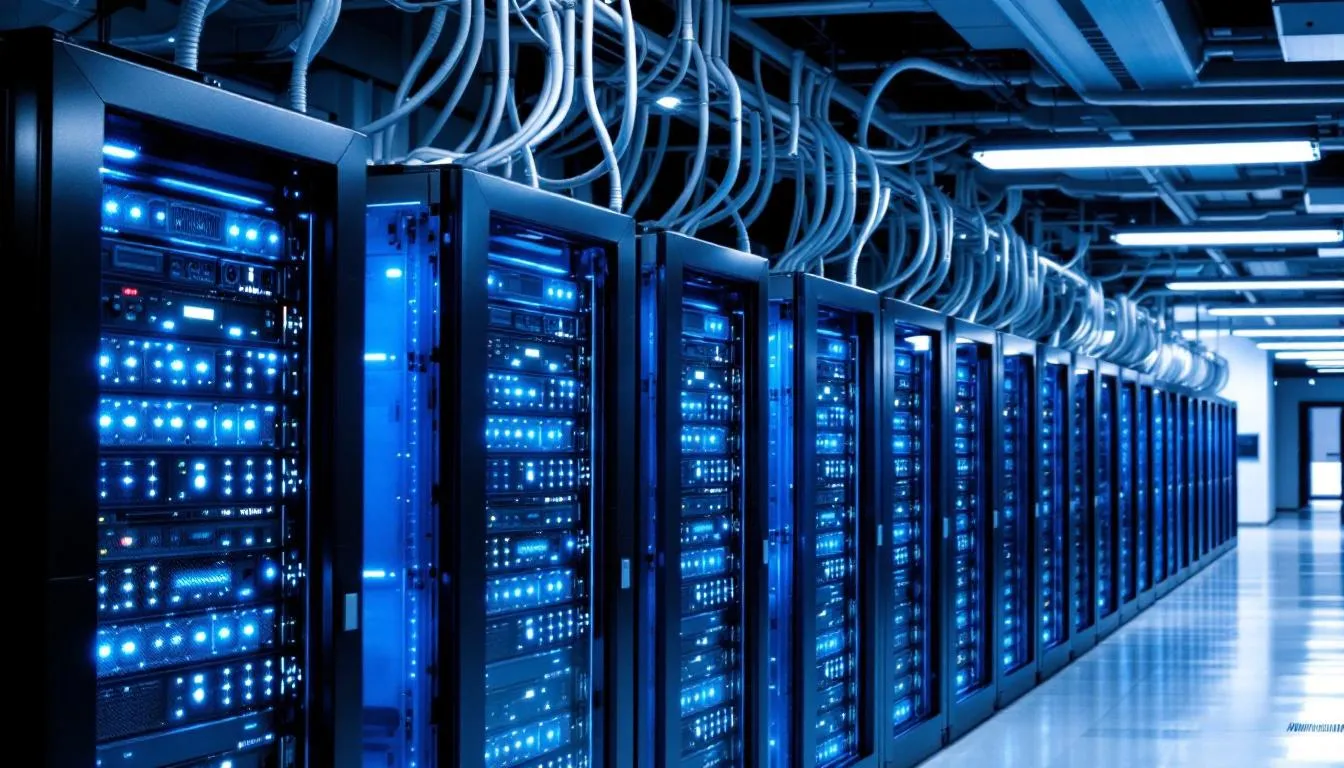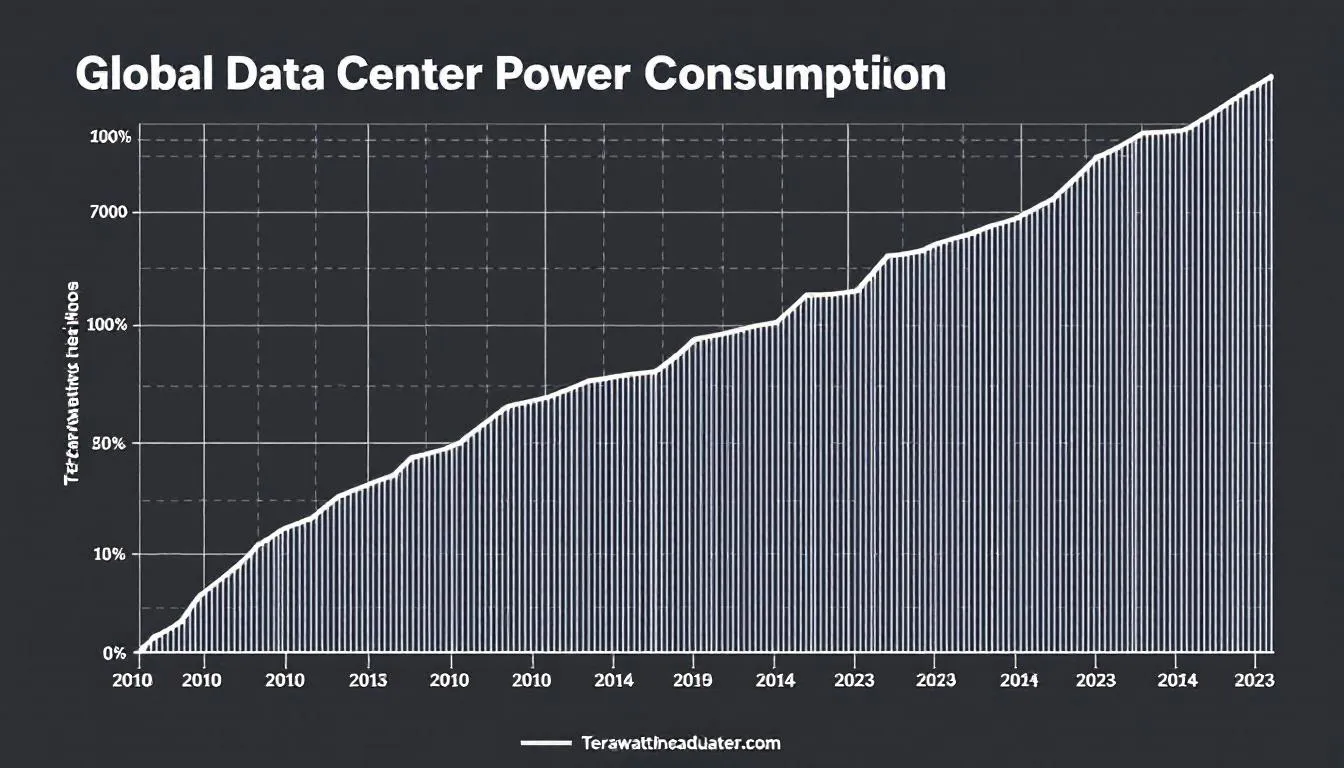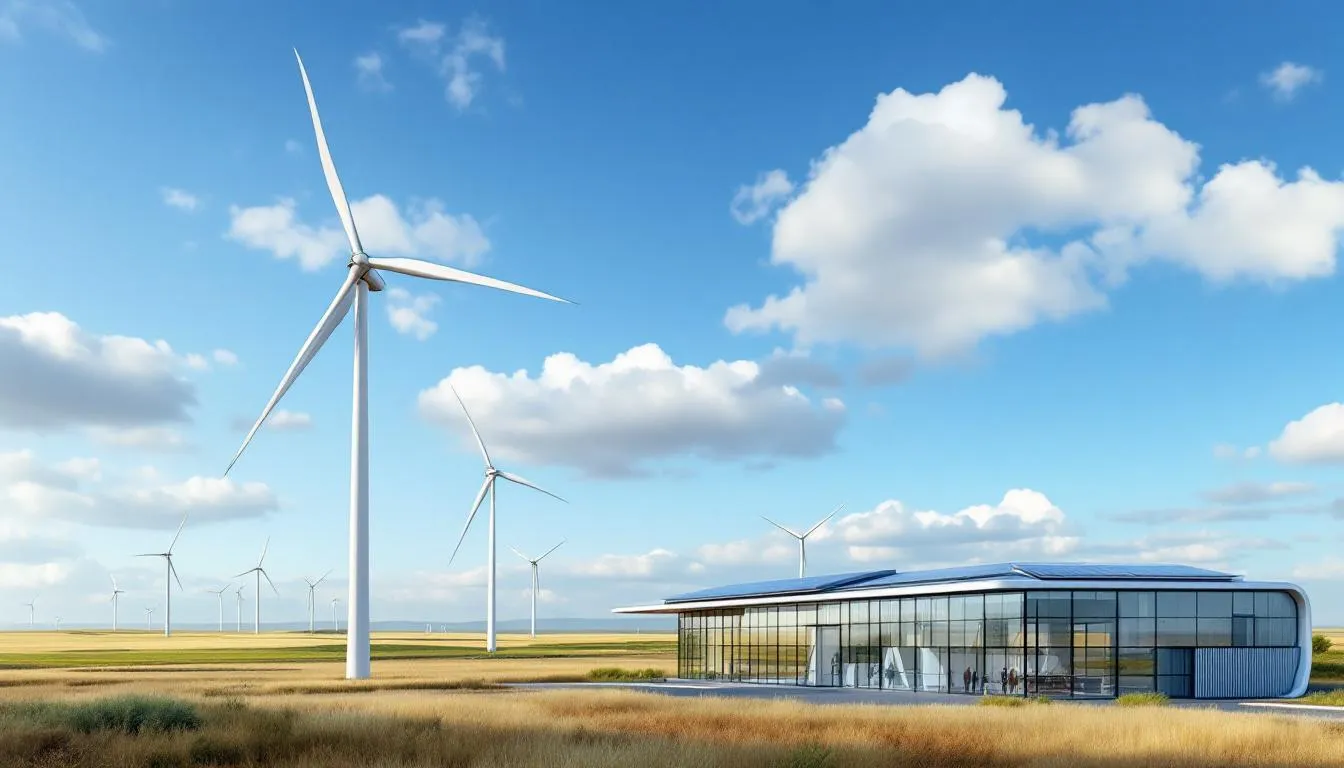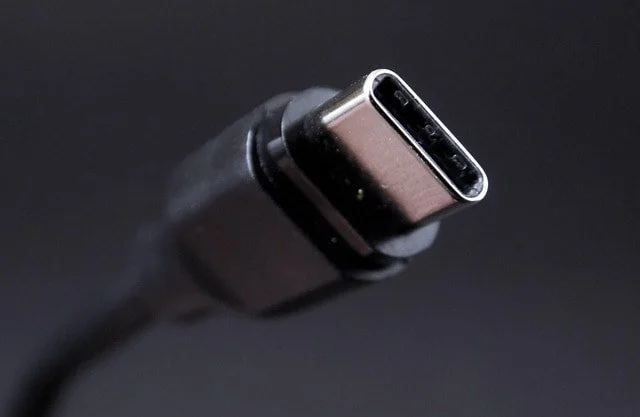AI Data Centres Energy Boom: What It Means for Your Tech & Our Planet
Quick Summary
Artificial Intelligence (AI) isn’t just changing the way we use apps and devices — it’s also triggering a global surge in energy demand. Data centres that power large language models and other AI workloads are consuming more electricity than ever, raising crucial questions about sustainability, cost, and how everyday tech users can make greener choices.
The AI revolution is a transformative shift in technology, driven by tech giants like Amazon, Microsoft, Google, Apple, and Facebook, who are investing billions of dollars to shape the future of business and energy through massive data centre infrastructure and sustainability initiatives.
At Ship N Shop, we believe in balancing innovation with responsibility. Imagine the scale of money, with millions or even billions of dollars being invested in AI data centres by tech giants, as their business strategies increasingly influence the future of sustainable technology. That’s why it’s important to understand how AI’s energy footprint affects not just cloud infrastructure — but also the accessories you use every day, like chargers and cables. Here’s a deep dive into the AI data-centre boom, what it means for energy consumption, and simple ways you can shop smarter.
Why AI Is Powering a Data-Centre Boom
AI workloads require massive computational power. Training a large model — like a modern generative language model — demands thousands of high-performance GPUs running continuously. After training, there’s also inference, meaning that every time someone uses an AI-based app, data-centre servers perform complex calculations. The inference process involves multiple steps where the model processes input data to generate outputs, and this process directly impacts electricity use due to the computational intensity required for each query.
This all requires not only more computing hardware, but also heavy cooling systems, because high-intensity AI servers generate a lot of heat. According to Deloitte, up to 38–40% of a data centre’s energy can go into cooling infrastructure rather than just computing. Deloitte Italia Many factors influence the total energy consumption in data centres, including the type of AI model, the characteristics of the local grid, and the specific cooling requirements.
The International Energy Agency (IEA) projects that global electricity consumption for data centres will nearly double by 2030, with AI being the main driver. Right now, data centres use around 415 TWh per year, which is about 1.5% of global electricity. Data centres rely on different types of grids for their electricity use, including those powered by renewables, fossil fuels, and increasingly, nuclear power. Most AI models have proprietary energy data, making it possibly difficult to estimate the true electricity use of these systems.
Greater control over energy sources and consumption is essential for improving the sustainability of AI operations and reducing their environmental impact.
The Sustainability Question: Can AI Be Green?
Here’s the dilemma: more data centres typically mean more power demand. But not all that energy needs to come from fossil fuels.
The IEA estimates that renewable energy sources (primarily wind, solar, and hydro) already supply around 27% of the electricity used by data centres globally.
Between 2024 and 2030, the IEA expects renewables to grow at around 22% per year, helping to supply nearly 50% of the projected rise in data-centre electricity demand.
Companies like Google are investing in solar panels and renewable projects across Europe to eliminate their carbon footprint. As a leading brand, Google is putting sustainability initiatives into action by integrating solar panels and renewable energy into their data centres. If more data centres were powered by renewables, the world would be talking less about the environmental impact of AI.
Still, fossil fuels remain deeply involved. In many regions, natural gas continues to be a leading power source, particularly in the U.S. Without a faster switch to renewables, that could limit how “green” the AI boom becomes.
The Real-World Impact: Why It Matters to UK Consumers
So, how does this global trend affect you, especially as a consumer and someone buying accessories from Ship N Shop?
Rising Cloud Costs
As data-centre energy bills go up, cloud providers may pass on those costs. That could affect pricing for AI-powered apps, storage subscriptions, and even mobile cloud services. Companies generate profit primarily during the inference phase, when AI models respond to customers and produce outputs such as answers or digital content.Higher Power Use on Your Devices
If more AI features live in the cloud rather than locally on your phone, your device may need to charge more often. This could drive demand for fast, high-efficiency chargers and more durable cables.Environmental Footprint of Your Tech
With greater awareness of climate impact, consumers are increasingly choosing devices and accessories that align with greener energy practices. Choosing more efficient tech helps reduce your personal carbon footprint. The benefits of opting for sustainable tech accessories include supporting climate solutions, improving energy efficiency, and contributing to broader environmental progress.
What You Can Do: 3 Green Tech Moves That Matter
At Ship N Shop, we want to make sustainable tech easy. When choosing accessories, it's important to consider options with long-lasting batteries and repairable designs to reduce waste and support sustainability. Here are three practical steps you can take — today — to make your tech habits more eco-friendly.
1. Choose Energy-Efficient Chargers
Look for USB-C Power Delivery (PD) chargers with smart power regulation. These chargers waste less energy, run cooler, and are more efficient over time. Smaller, compact chargers (20–30W) can deliver a fast charge without enormous energy loss.
Tip: In your cart, look for phrases like “energy-efficient,” “smart PD,” or “low standby power.”
2. Use High-Quality, Low-Loss Cables
Cheap charging cables often generate heat or waste power due to resistance. A well-made, certified USB-C cable helps reduce power loss and ensures stable charging, which is better for your device and the environment.
Tip: Choose cables rated for high current, with good insulation and low resistance for maximum efficiency.
3. Opt for Sustainable Packaging
When you buy accessories, prefer brands (or retailers) that use recycled or minimal packaging. Less plastic, more recyclable materials = lower environmental impact.
Tip: At Ship N Shop, select products that mention eco-friendly packaging; we offer accessories packaged in recyclable or minimal-material wraps.
Why Ship N Shop Is Part of the Solution
We’re not just about selling great tech — we care about how that tech is built, packaged, and used. Here’s how Ship N Shop aligns with sustainable tech values:
We stock energy-efficient USB-C PD chargers that support fast, safe charging with minimal waste.
Our USB-C to USB-C cables are built for efficiency, durability, and reduced energy loss.
Many of our products come in eco-friendly poly-mailer packaging, which helps reduce our carbon footprint and waste.
When you choose accessories from us, you’re supporting a more responsible tech ecosystem.
Looking Ahead: How the AI-Energy Landscape Might Evolve
Increased Investment in Green Data Centres: As demand grows, more operators may invest in co-locating wind or solar generation with data-centre sites.
Advanced Cooling Technologies: Techniques like liquid cooling or more efficient airflow designs will become more common to reduce energy waste.
Carbon-Aware Computing: Some companies could schedule AI workloads based on when clean energy is most abundant — for example, running training jobs when solar or wind generation peaks.
Regulatory Pressure & Incentives:Governments may create policies or tax incentives for data centres that commit to renewable energy or sustainable design.
Ongoing Research: Continued research into energy-efficient AI technologies is crucial for reducing the environmental impact of future AI systems.
Role of Nuclear Power: It's worth noting that about half of the clean electricity in the US comes from nuclear power, which could play a significant role in powering future data centres as part of a cleaner grid.
Note on Uncertainty: Note that measuring the true energy impact of AI is challenging, with possibly significant uncertainties in predicting exact outcomes due to the lack of transparency and evolving technology.
These developments will shape how AI scales in a sustainable way — and how our tech habits adapt.
Final Thoughts On AI Data Centres Footprint
AI has unleashed an incredible wave of innovation, but that comes with a real energy cost. As data-centres expand and global demand surges, it’s up to both providers and consumers to choose smarter, greener paths forward.
You can make a difference today: by choosing energy-efficient chargers, low-loss cables, and sustainably packaged tech, you not only reduce your own footprint — but also send a signal that eco-conscious accessories matter.
🔌 Ready to shop smarter?
Check out our Energy-Efficient USB-C Chargers & Sustainable Cables Collection at Ship N Shop. Make your next accessory choice a greener one — browse now.




